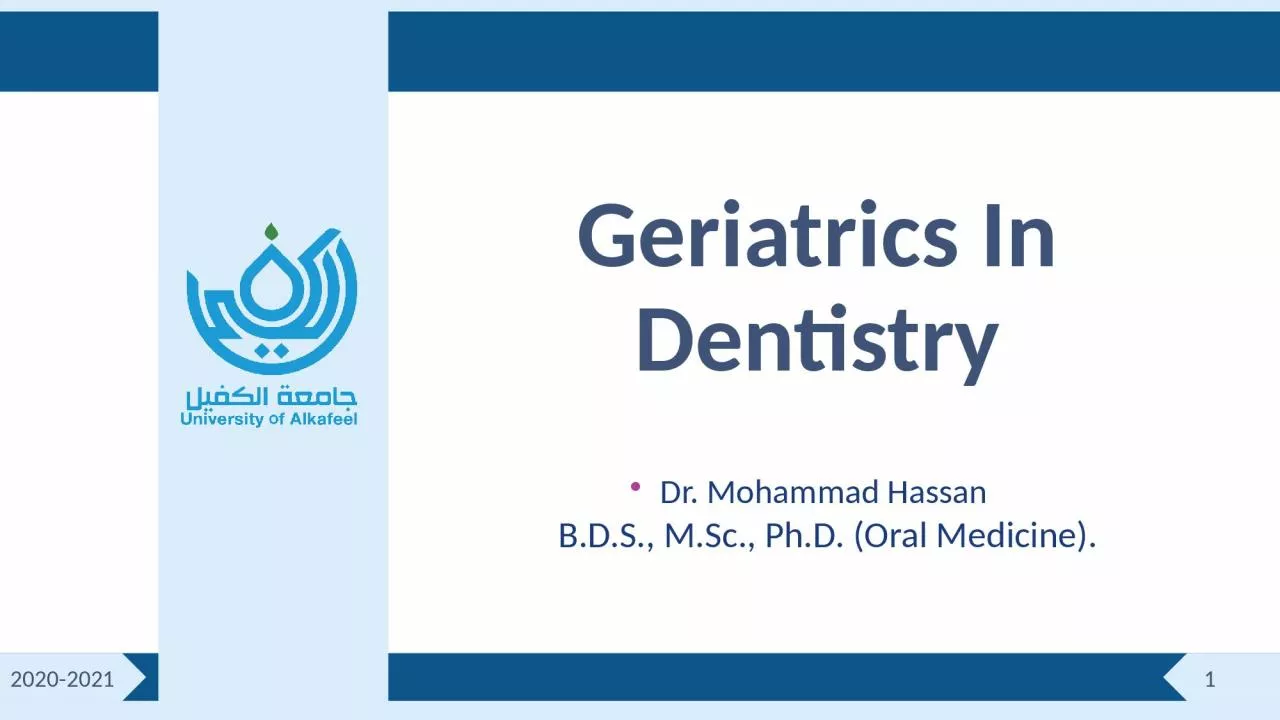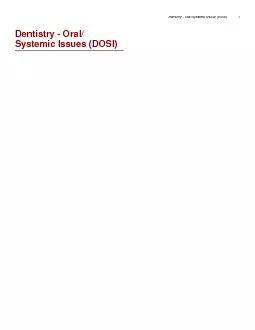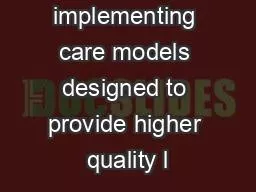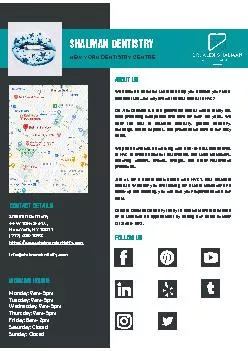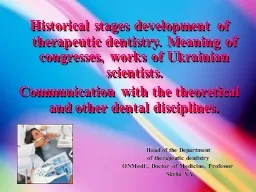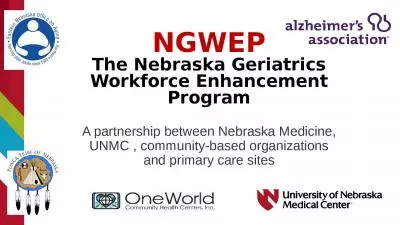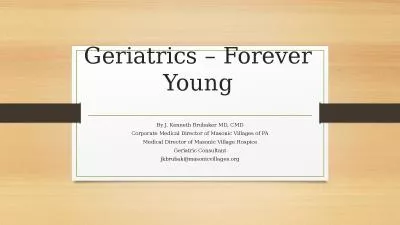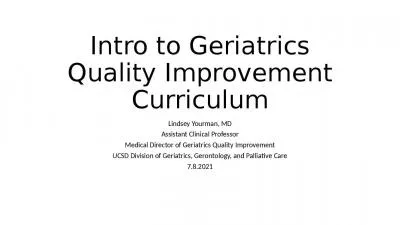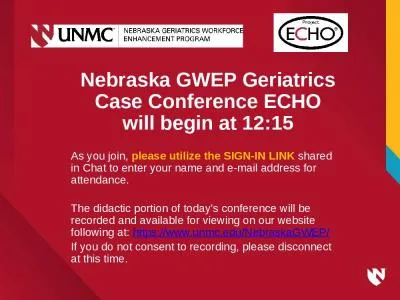PPT-1 2020-2021 Geriatrics In Dentistry
Author : carla | Published Date : 2024-01-29
Dr Mohammad Hassan BDS MSc PhD Oral Medicine Geriatrics Geriatrics The branch of medicine concerned with the diagnosis treatment and prevention of disease in
Presentation Embed Code
Download Presentation
Download Presentation The PPT/PDF document "1 2020-2021 Geriatrics In Dentistry" is the property of its rightful owner. Permission is granted to download and print the materials on this website for personal, non-commercial use only, and to display it on your personal computer provided you do not modify the materials and that you retain all copyright notices contained in the materials. By downloading content from our website, you accept the terms of this agreement.
1 2020-2021 Geriatrics In Dentistry: Transcript
Download Rules Of Document
"1 2020-2021 Geriatrics In Dentistry"The content belongs to its owner. You may download and print it for personal use, without modification, and keep all copyright notices. By downloading, you agree to these terms.
Related Documents

